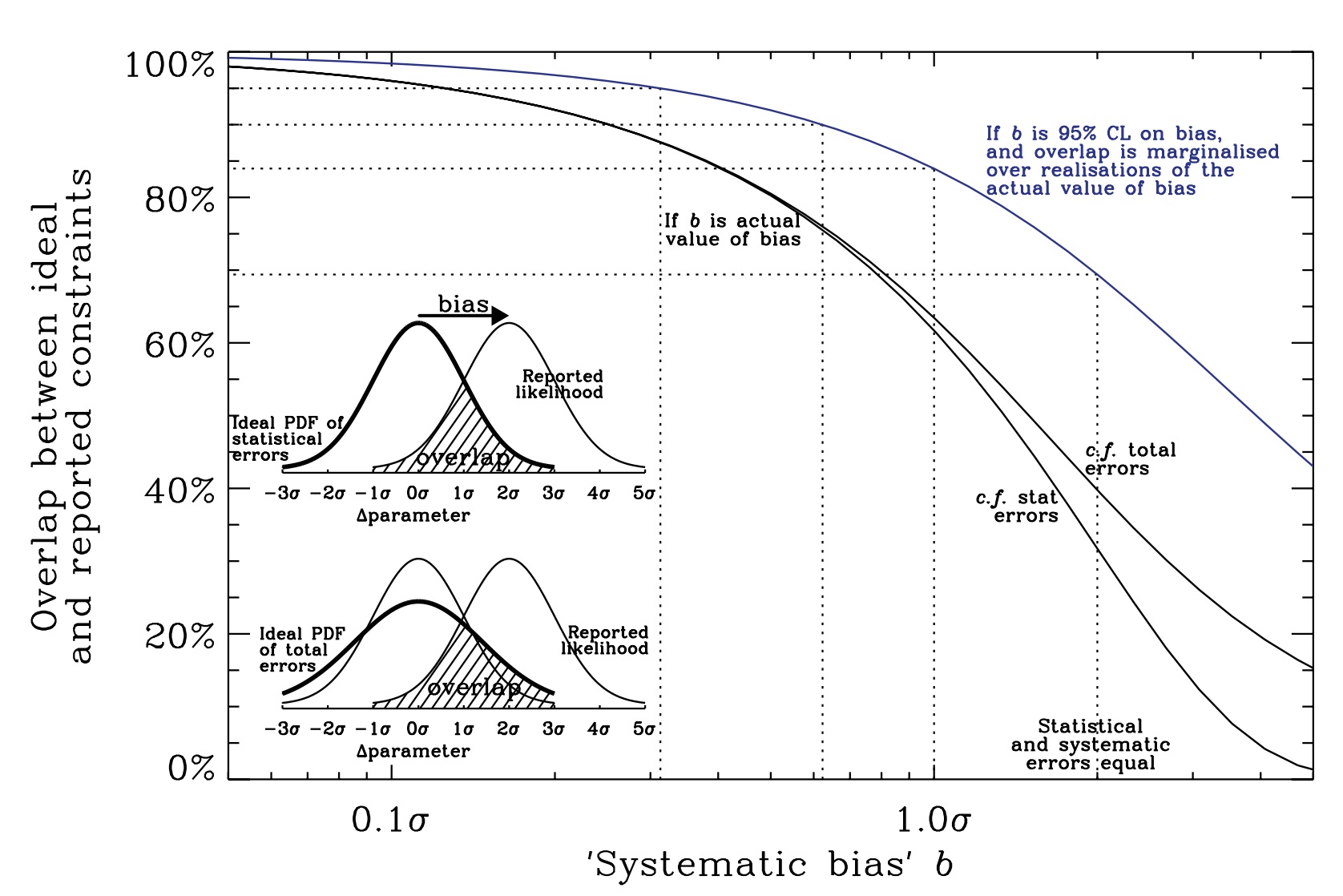Abstract
The first half of this paper explores the origin of systematic biases in the measurement of weak gravitational lensing. Compared to previous work, we expand the investigation of point spread function instability and fold in for the first time the effects of non-idealities in electronic imaging detectors and imperfect galaxy shape measurement algorithms. Together, these now explain the additive {A}(ℓ) and multiplicative {M}(ℓ) systematics typically reported in current lensing measurements. We find that overall performance is driven by a product of a telescope/camera's absolute performance, and our knowledge about its performance.
The second half of this paper propagates any residual shear measurement biases through to their effect on cosmological parameter constraints. Fully exploiting the statistical power of Stage IV weak lensing surveys will require additive biases overline{{A}}≲ 1.8× 10^{-12} and multiplicative biases overline{{M}}≲ 4.0× 10^{-3}. These can be allocated between individual budgets in hardware, calibration data and software, using results from the first half of the paper.
If instrumentation is stable and well calibrated, we find extant shear measurement software from Gravitational Lensing Accuracy Testing 2010 (GREAT10) already meet requirements on galaxies detected at signal-to-noise ratio = 40. Averaging over a population of galaxies with a realistic distribution of sizes, it also meets requirements for a 2D cosmic shear analysis from space. If used on fainter galaxies or for 3D cosmic shear tomography, existing algorithms would need calibration on simulations to avoid introducing bias at a level similar to the statistical error. Requirements on hardware and calibration data are discussed in more detail in a companion paper. Our analysis is intentionally general, but is specifically being used to drive the hardware and ground segment performance budget for the design of the European Space Agency's recently selected Euclid mission.


